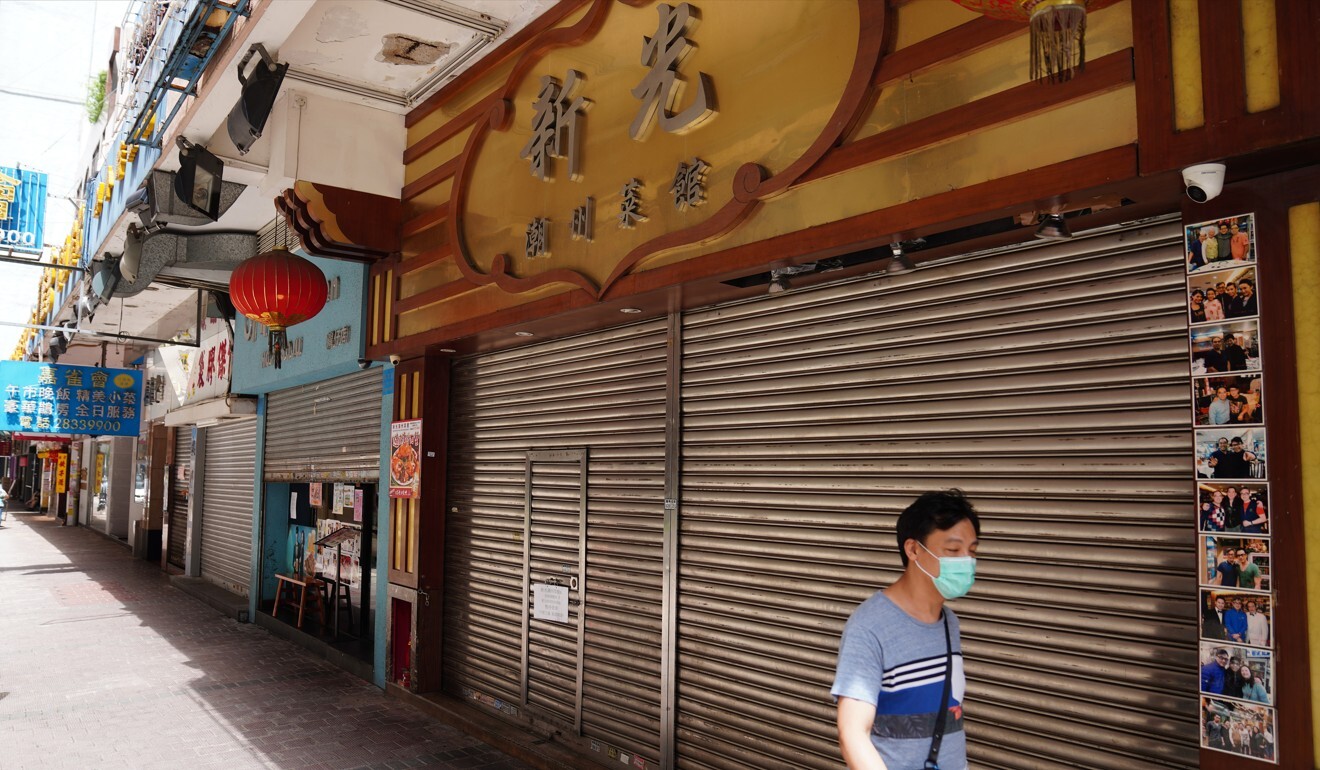
Coronavirus: Hong Kong must do more to help workers amid aid package shortcomings, union says
- The Hong Kong Federation of Trade Unions has said that a loophole in the current wage subsidy scheme could leave workers vulnerable
- The FTU also called for more help for the jobless and those on unpaid leave
Wage subsidies from the government should be given directly to employees to plug a loophole in the current aid scheme, while more help should be given to jobless people and those on unpaid leave, one of Hong Kong’s biggest unions said on Thursday.
The Hong Kong Federation of Trade Unions (FTU) called on officials to improve the city’s HK$81 billion (US$10.4 billion) Employment Support Scheme as some of the union’s members complained the subsidies they secured were less than what they should have received.
Ken Tong Kang-yiu, vice-president of the union, said the existing rules requiring applicants not to make redundancies during the subsidy period and to spend all the funds on payroll were not enough to safeguard workers’ benefits.
Coronavirus: which employers are among first batch to get subsidies? Hong Kong government reveals listed companies, small firms
Tong noted that employers could still ask their staff to go on unpaid leave and simply pay them for the days they went to work.
“Keeping the headcount doesn’t necessarily protect those employees who are working. It didn’t register with the identity cards of the employees,” he said in a press conference.
“So perhaps there might be one person who could get a higher salary and get more subsidies, while for others … they only got the wages on the days they were asked to work.”
Tong said if employers used such a tactic to get more money for themselves or senior management, it would technically not be considered a violation of the rules.
“If the government has to safeguard jobs, then it should help workers directly. Why does it have to give it to employers?” he said.

The wage subsidy scheme is a major part of the HK$137.5 billion coronavirus relief measures unveiled in April by Hong Kong’s leader, Chief Executive Carrie Lam Cheng Yuet-ngor.
Under the programme, the government will, via employers, pay up to 50 per cent of employees’ salaries for six months, with the monthly subsidy for each worker capped at HK$9,000.
Last Wednesday, the administration said it would distribute the seventh batch of allowances under the first phase of the scheme to about 17,300 employers this week. Officials were still working on the remaining 18,300 applications.
All seven batches of subsidies amount to about HK$40.5 billion, covering nearly 138,000 employers and around 1.75 million employees.
Hong Kong carrier Cathay Pacific and subsidiaries draw HK$680 million from government’s coronavirus relief fund
As of July 28, officials had received 229 reports about the scheme, mostly involving unreasonable staff reductions, dismissal of employees, late payment of wages or pay cuts, and suspected company closures or changes of operator.
FTU chairman Kingsley Wong Kwok also called on the government to offer a monthly allowance of up to HK$9,000 to jobless residents and those who were on unpaid leave.
Between April and June, 240,700 people, or 6.2 per cent of the city’s working population, were jobless – a 15-year high.
Another 142,900 people, or 3.7 per cent of workers, were underemployed, the highest figure in close to 17 years.
“When the city’s unemployment cannot improve in the short term, the government should study setting up a relief fund for the jobless,” Wong said.
Details of the scheme’s second phase, which aims to cover wages between September and November, are expected to be announced this month.

